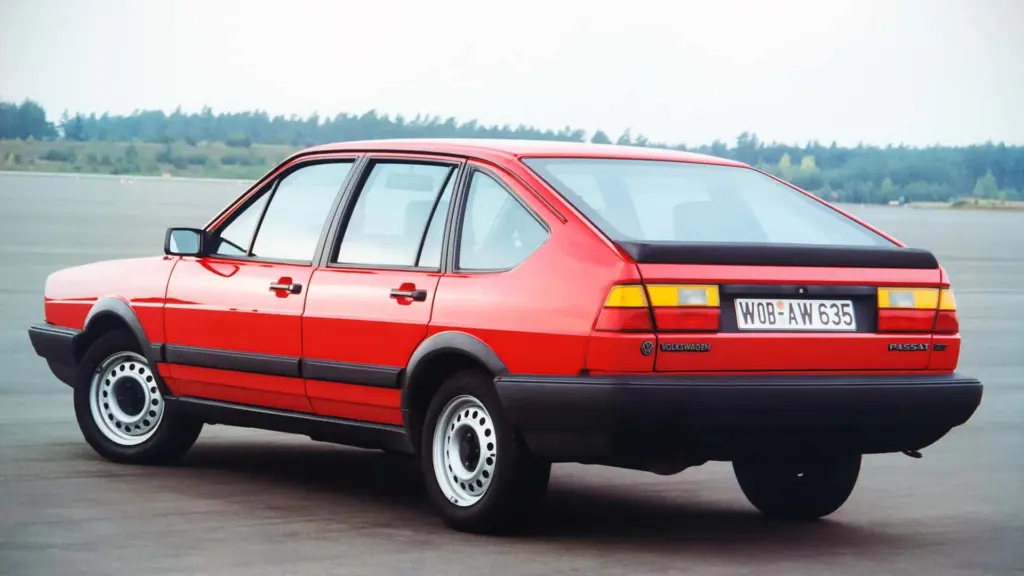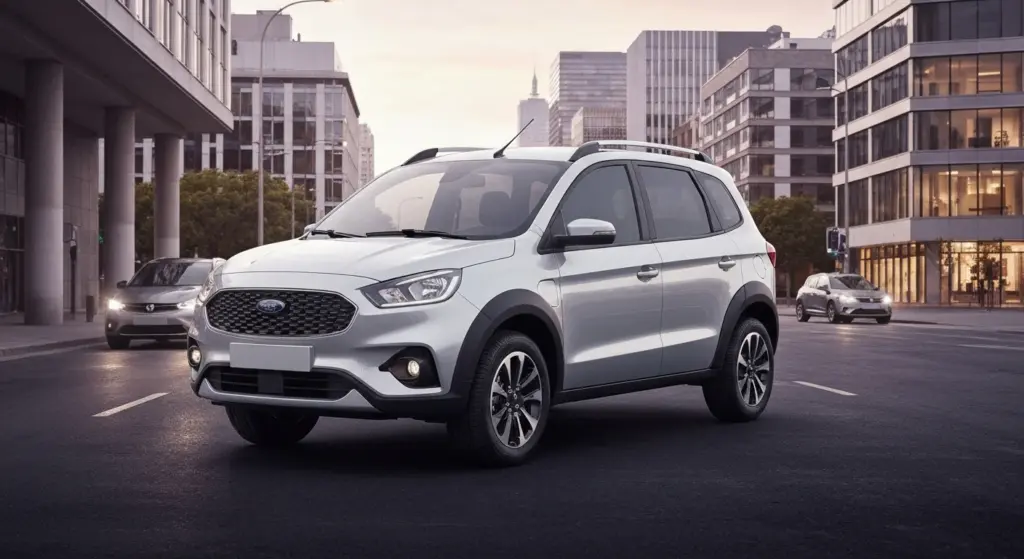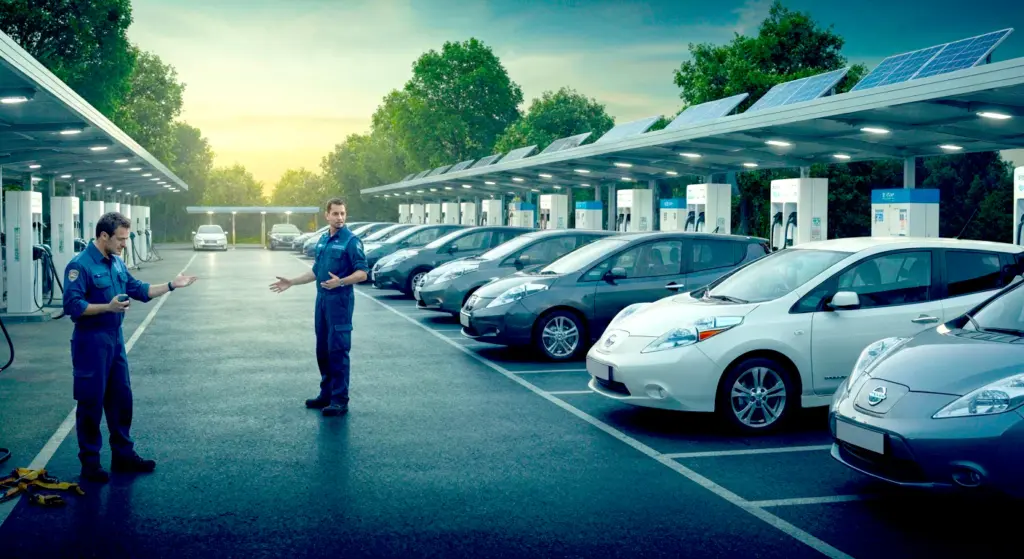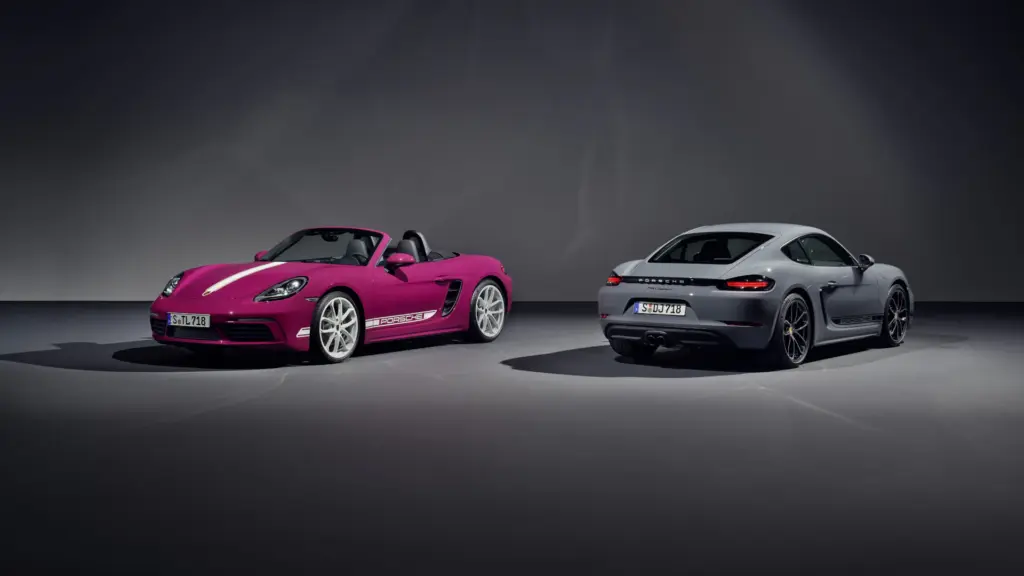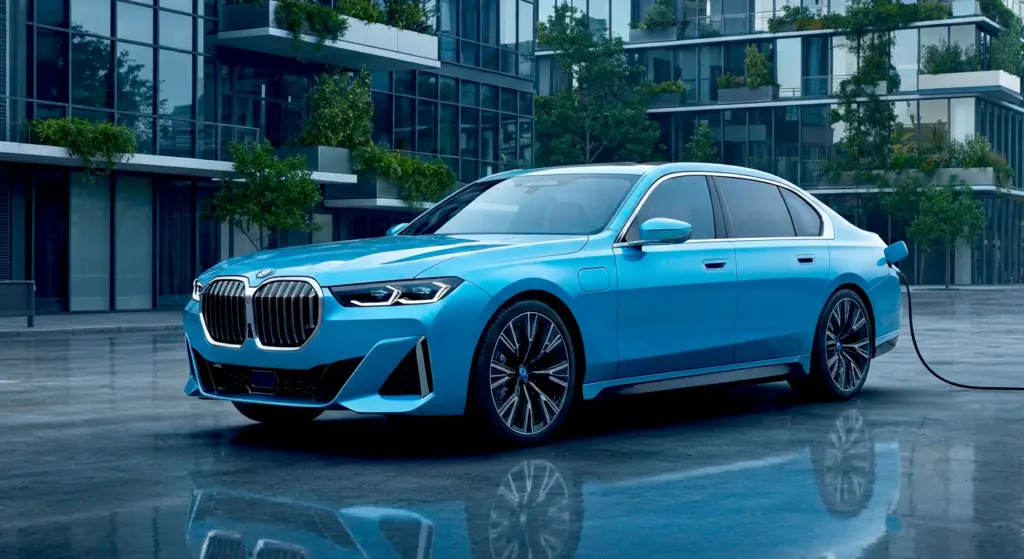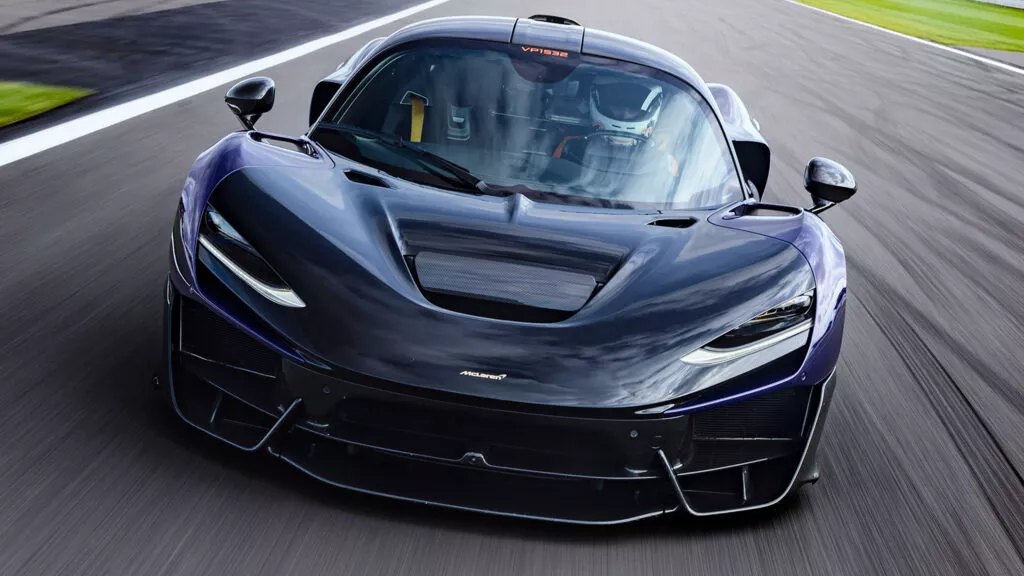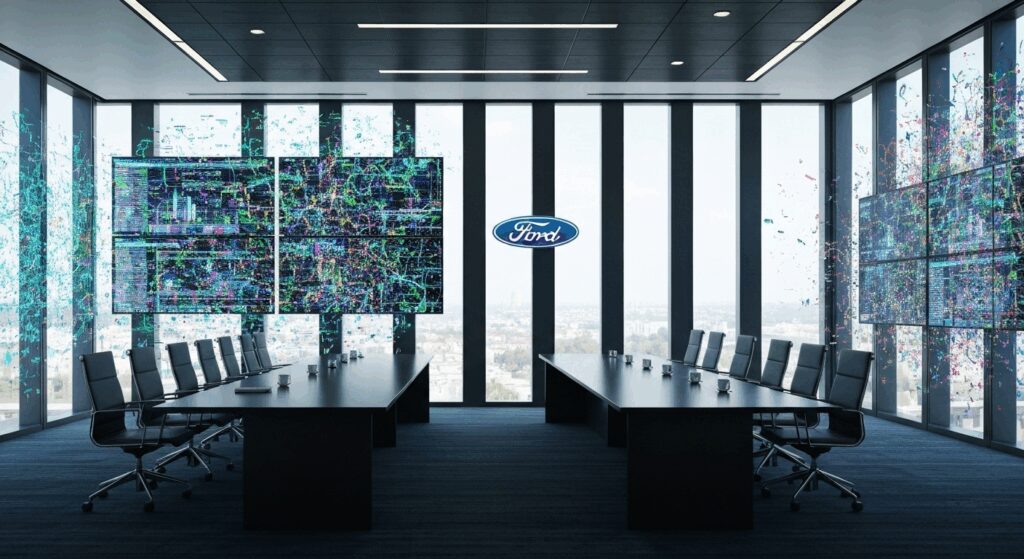The SR-71 Blackbird is not only one of the fastest planes ever built; its innovative engineering is full of unique solutions, especially in the design of its windshield. Understand why this aircraft’s windshield was so singular and how it withstood extreme flight conditions.
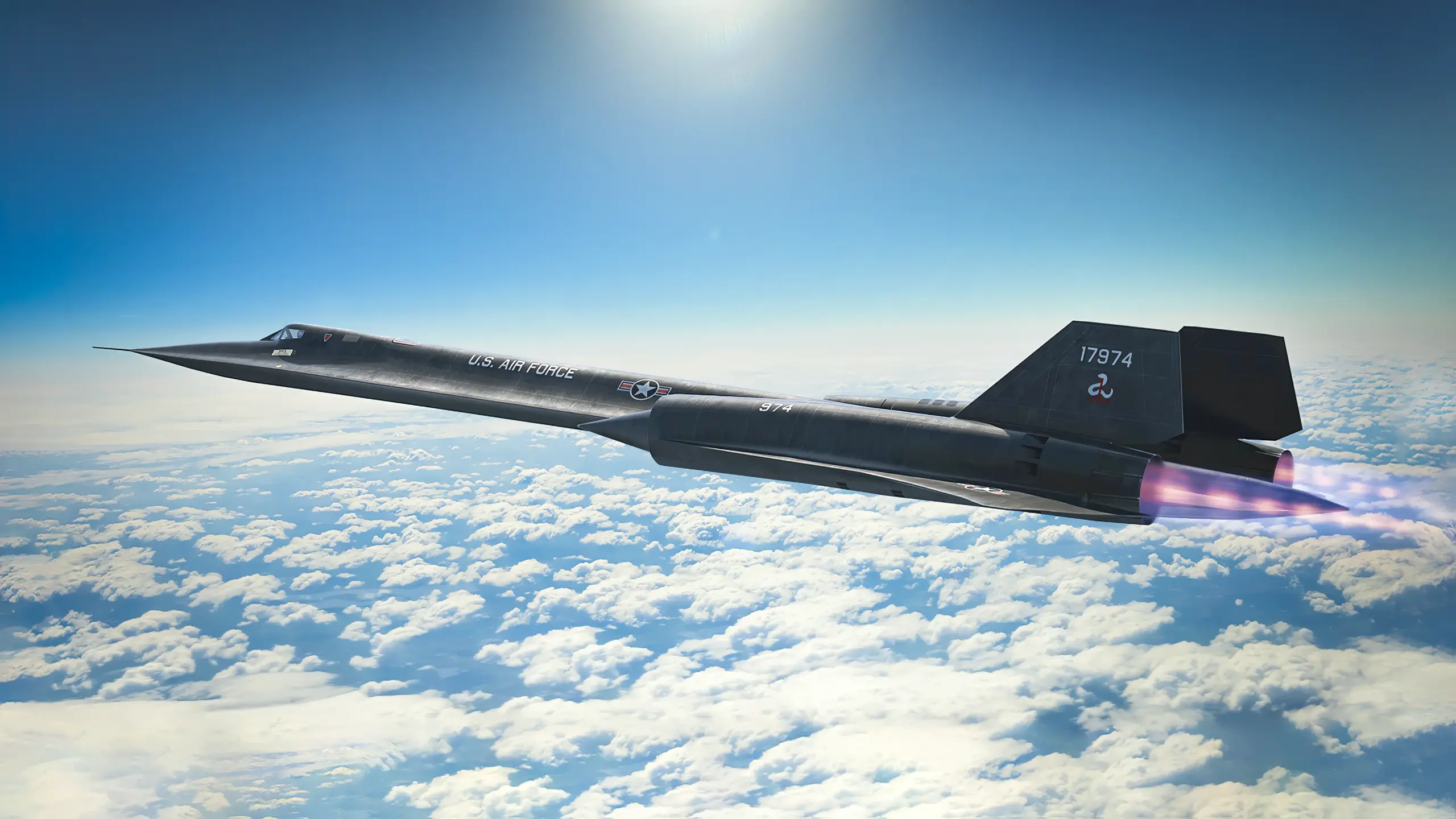
The Windshield Challenge at Supersonic Speeds
Flying at more than 3 times the speed of sound imposes challenges that go far beyond power or aerodynamics. While most modern aircraft use windshields made of polycarbonate or resistant glass, the SR-71 faced temperatures close to 600 degrees Celsius on its frontal structure. This immense amount of heat is generated by the friction of compressed air around the fuselage, and the windshield needed to be capable of withstanding these conditions without deforming or losing transparency.
While common materials, such as borosilicate glass, offer certain thermal resistance, they would not be enough to maintain visual and structural integrity during high-speed and extreme altitude missions. For this reason, Lockheed SR-71 engineers opted for a special and unusual material for aircraft: quartz.
Why Was the Quartz Windshield Chosen?
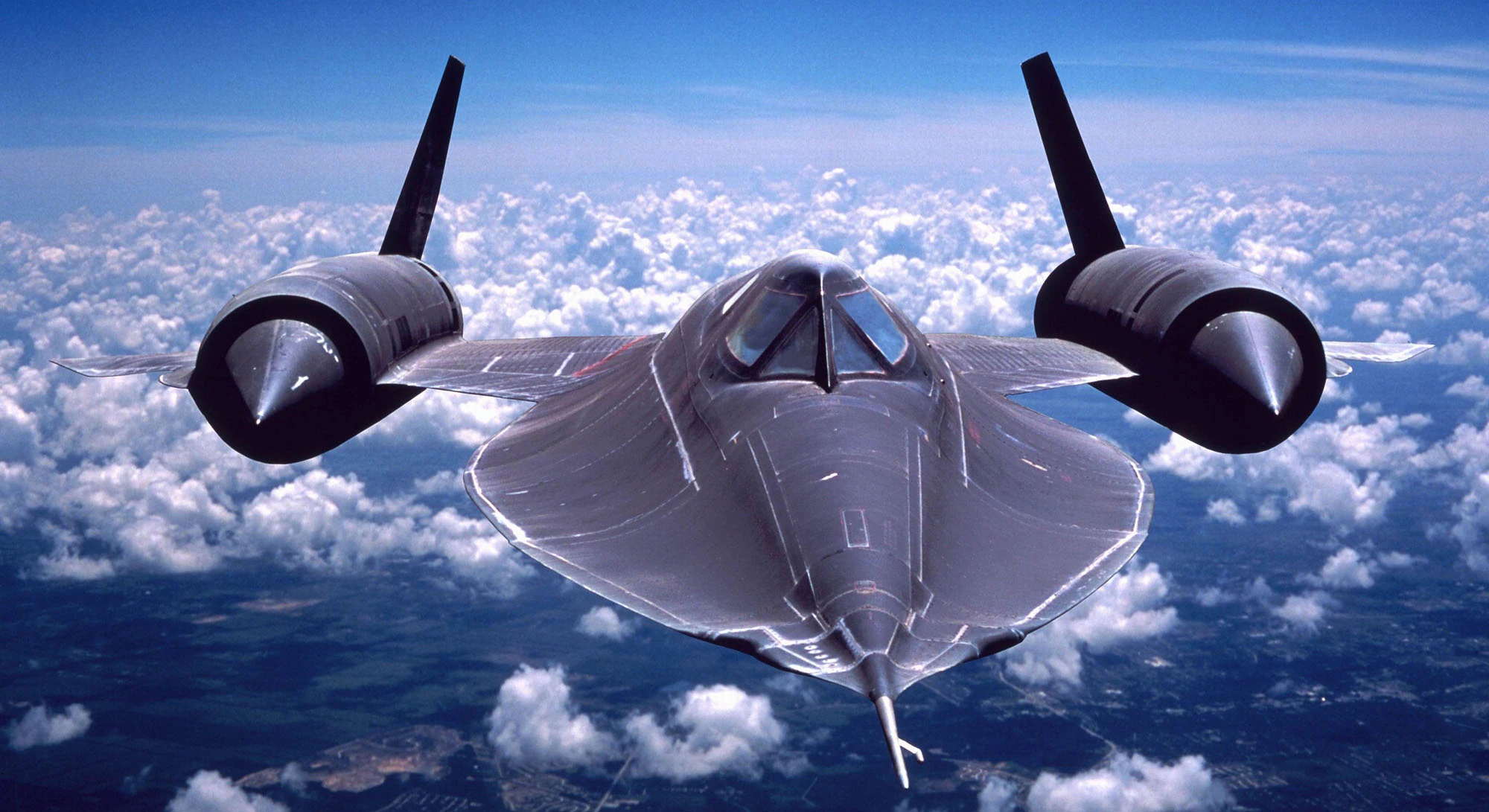
Crystalline quartz is known for its incredible heat resistance and dimensional stability at high temperatures. In the case of the Blackbird, the windshield was 1.25 inches thick, made of smaller sections of quartz glass instead of a single continuous piece. This reduced the risk of structural damage by distributing the stresses caused by heat and aerodynamic forces.
This choice was essential to ensure that the pilots and internal espionage equipment could operate with crystal-clear visibility, without distortions or failures that would compromise the mission. Furthermore, quartz did not deform under extreme heat, which is vital for reconnaissance aircraft that rely on precise visual collection at high altitudes. To understand more about how engineering overcomes unusual challenges, you can check out the evolution of engines and structures in other vehicles, such as the Ford electric pickup truck.
Other Heat-Related Innovations in the SR-71 Design
The windshield was just one of several areas facing the effects of the sharp temperature increase caused by high speed. Unlike conventional aircraft, which generally used aluminum structures, the SR-71 needed to be built almost entirely of titanium — one of the first cases in aviation. This is because aluminum would not withstand temperatures above 600 degrees, potentially melting in flight.
Furthermore, thermal expansion necessitated a unique design for the fuselage panels: they were manufactured smaller and “custom-sized,” so that during heating in flight they expanded to the correct shape, ensuring sealing and structural integrity. This thermodynamic effect contributed to the longevity of the components and the consistent performance of the aircraft during its missions.
To help control heat flow and dissipation, the SR-71 was painted with an extremely dark paint — which looks more navy blue than black, despite the nickname “Blackbird.” This special paint served not only to reduce the radar signature but also to absorb and radiate heat uniformly, mitigating extreme differences between fuselage areas exposed to varying temperatures. For those interested in understanding aerodynamic and thermal solutions, “technological” black is an interesting topic in sports cars, as seen in the Porsche 718 Boxster and Cayman.
The engineering behind the SR-71 Blackbird serves as a milestone in the history of aeronautics, showing how materials and design advance to overcome limits previously considered impossible. If you want to delve deeper into stories that combine design and revolutionary technology, it is also worth checking out the history of the Volkswagen Passat B2, which shows how a car can become an early classic thanks to technical and aesthetic innovation.
Author: Fabio Isidoro
Founder and editor-in-chief of Canal Carro, he dedicates himself to exploring the automotive universe with depth and passion. A car and technology enthusiast, he produces technical content and in-depth analyses of national and international vehicles, combining quality information with a critical eye for the public.

